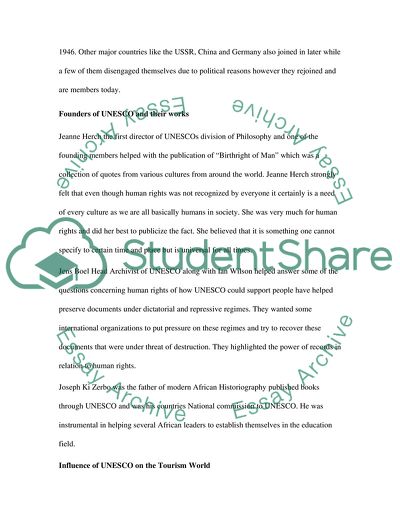Cite this document
(Influence of UNESCO on the Tourism World Case Study, n.d.)
Influence of UNESCO on the Tourism World Case Study. Retrieved from https://studentshare.org/tourism/1735786-introduction-to-tourism
Influence of UNESCO on the Tourism World Case Study. Retrieved from https://studentshare.org/tourism/1735786-introduction-to-tourism
(Influence of UNESCO on the Tourism World Case Study)
Influence of UNESCO on the Tourism World Case Study. https://studentshare.org/tourism/1735786-introduction-to-tourism.
Influence of UNESCO on the Tourism World Case Study. https://studentshare.org/tourism/1735786-introduction-to-tourism.
“Influence of UNESCO on the Tourism World Case Study”. https://studentshare.org/tourism/1735786-introduction-to-tourism.


